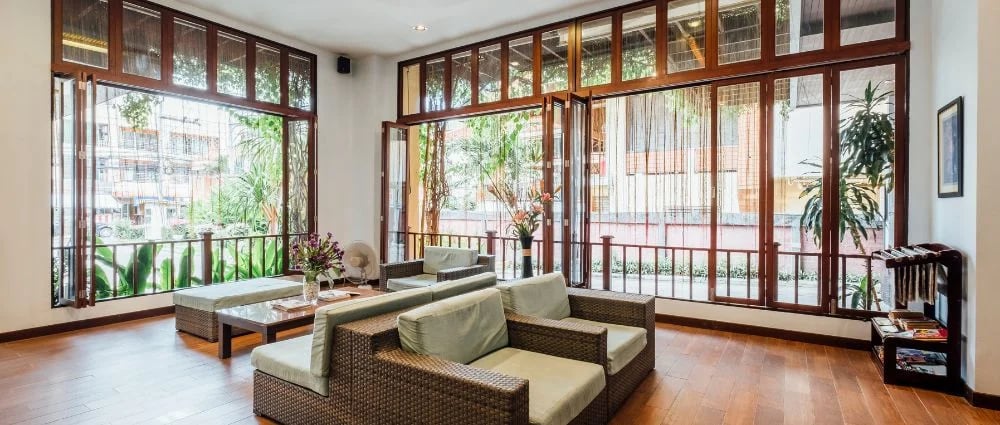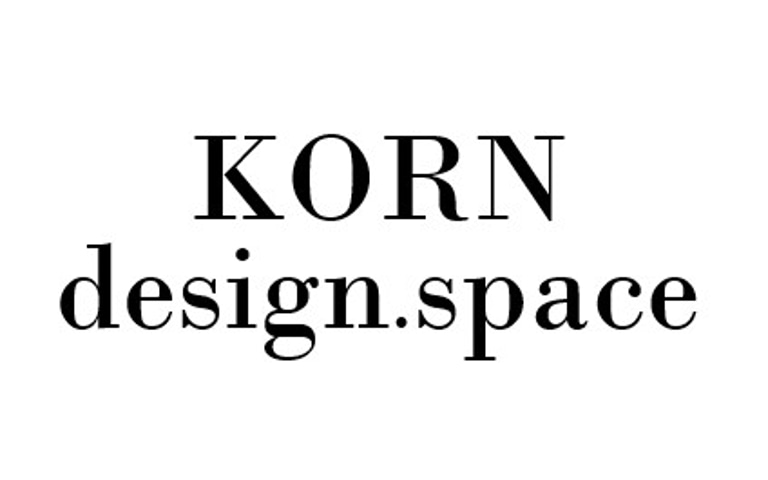facade building
This blog will explain what a façade is, outline some of its key principles, and discuss why selecting the right façade is crucial.
6/22/20253 min read


It not only showcases the building's beauty but also hints at its theme and connection to the location. This blog will explain what a façade is, outline some of its key principles, and discuss why selecting the right façade is crucial.
What Is a Facade?
In French, “facade” means “face” or “frontage,” and this word is originally from the Italian term “facciata.” When applied to architecture, the façade mainly refers to the front side of a building, composed of materials and elements such as pillars, windows, cornices, gables, and other features intended by the architects.
From a practical standpoint, a building’s facade serves first and foremost as a means of shielding the interior from the elements, while also serving an aesthetic purpose, as the building’s owner may express the structure’s overall character and function.
The Importance of Facade Design
Facade design is the art of combining appearance, practicality, and sustainability. A beautiful facade:
Communicating Identity: A building’s identity is shown through its façade to those who approach it. They reveal what a building is intended for, how it is constructed, and why it holds cultural significance. Grand cathedrals as well as slim skyscrapers all display stories in their architecture.
Optimizing Functionality: Good facades strike a balance between aesthetics and functionality. Architects can make a building more energy efficient by regulating heated and cooled air, sheltering it from the weather, and improving the building’s sound insulation. There are examples where facades also serve functions such as capturing rainwater or generating solar power.
A Statement Piece: The facades can be bold and become recognizable landmarks. New, unusual designs drive architectural development and spark discussion on building projects.
Modern Facades Design: Trends and Innovations
The primary characteristics of the modern facade design are innovation, sustainability, and modern technology. Certain key trends will define 2025:
Digitalization and Automation: The use of 3D modeling, artificial intelligence, and Building Information Modeling (BIM) is facilitating the design and construction of facades, allowing them to be even more accurate and flexible.
Personalization and Appearance: Architects are now placing a strong emphasis on the use of new and unique textures and fashionable finishes in the construction of buildings. Materials can now mimic natural qualities due to technological advancements, thus they last longer and are easier to clean.
Green and Vegetal Facades: Plants and vegetation are increasingly being used in building facades, as this is not only environmentally friendly but also contributes to the existing greenery in cities.
Sustainable Materials: One of the biggest trends is the use of materials that can be reused or renewed, thus benefiting the environment and enhancing the achievement of design objectives.
Rational Materials for Facade Building
Selecting the correct materials is crucial for both the functionality and durability of a façade. Here are the top materials that are used intelligently in today’s facade designs:
Material
Key Benefits
Example Use Cases
Insulated Glass
Energy efficiency, noise reduction, thermal comfort, natural light
Commercial towers, modern homes
Aluminum Composite Panels
Durability, lightweight, weather resistance, customizable finishes
Corporate buildings, urban facades
Terracotta
Sustainable, durable, thermal mass, customizable
Residential, institutional
Fiber Cement
Fire-resistant, low-maintenance, versatile
Residential, hotels
Zinc
Recyclable, corrosion-resistant, long-lasting
Cultural, public buildings
Stone
Natural beauty, thermal performance, durability
Museums, luxury residences
Ceramic Tiles
Durable, versatile, low-maintenance, water-resistant
Contemporary public buildings
Brick
Thermal mass, modular, low-maintenance, timeless look
Urban residences, heritage facades
Metal Mesh
Solar shading, natural ventilation, lightweight, modern aesthetic
Cultural, mixed-use buildings
Glass Reinforced Concrete (GRC)
Flexible, strong, weather-resistant, sculptural possibilities
Iconic, avant-garde architecture
Both details offer distinct advantages, including energy efficiency, environmental friendliness, versatile aesthetics, and straightforward maintenance.
Beyond Aesthetics: Sustainable Facade Design
Sustainability has become a significant issue in the contemporary world, and facade design plays a crucial role in making the built environment greener. Here's how:
Eco-Friendly Materials: Sustainable facades utilize materials such as recycled content, locally available materials, and low-carbon materials to minimize their environmental impact.
Energy Efficiency: The facade can be designed to maximize natural lighting and ventilation, thereby reducing the need for artificial lighting, heating, and cooling systems.
Connecting to Nature: Green walls and rooftop gardens are gaining popularity, offering natural insulation, enhanced air quality, and a beautiful aesthetic.
Challenges and Considerations in Facade Design
Despite the exciting possibilities, facade design also faces some challenges:
High Costs: Cutting-edge materials and complex designs can come with a hefty price tag. Balancing innovation with affordability requires careful planning and value engineering to achieve optimal results.
Technical Complexities: Implementing advanced technologies and integrating various facade elements requires a high level of technical expertise and collaboration between architects, engineers, and contractors.
Regulatory Constraints: Building codes and regulations may limit the use of certain materials or design features. Architects must navigate these constraints while pushing the boundaries of design.
Conclusion
Facade design is an ever-evolving field that plays a vital role in shaping our built environment. By studying iconic buildings and prioritizing sustainability, architects can design facades that are both aesthetically pleasing and functional, while also being adaptable and contributing to a greener future. As the interplay between tradition and modernity continues, facades will remain a testament to human ingenuity and a source of inspiration for future generations.
Want your next project to have a modern and stylish facade? Let us guide you with our suggestions and innovative plans, as picking the right facade can enhance your building like no other.
Creation of space
Creating refined spaces with quality and individuality.
Contact
for dialogue :
+380956004742
© 2025. All rights reserved.
